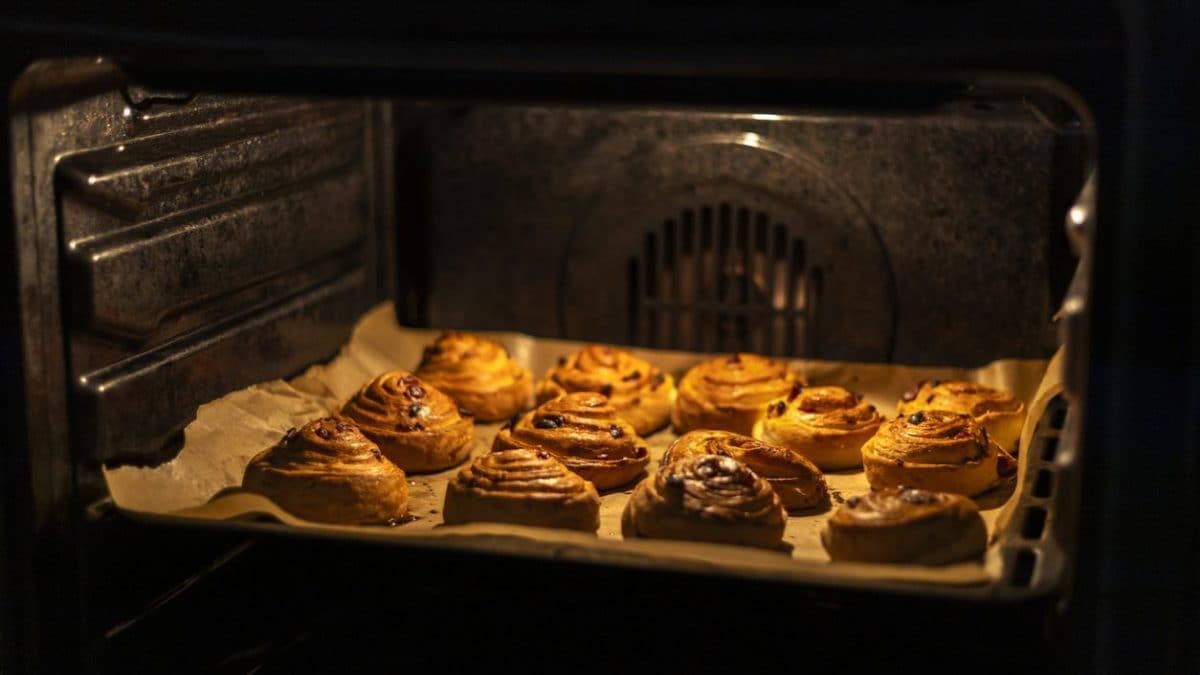
Cakes are the quintessential timeless dessert, the kind that never goes out of style and can be reinterpreted in dozens of different ways: from tarts to ring cakes, from strudels to crumble cakes, nothing is more satisfying than a tasty, fragrant slice of cake for breakfast or a snack. Making the perfect cake isn't always difficult, but it does require a few tricks that are always worthwhile, regardless of the recipe you're following, and one of these is the surface on which you place your cake to bake it.
It might seem obvious, because it's one of those automatic gestures you don't even pay attention to anymore, but it's not so obvious: have you ever wondered why you put cakes on the baking sheet and not on the wire rack? It might seem like a small matter, but it's not; in fact, it can make the difference between a perfectly baked cake and a ruined one: using a baking sheet or a wire rack is not interchangeable, and every recipe, sweet or savory, lends itself to using one of the two tools. Here are all the reasons why it's important to always bake cakes on the baking sheet and not on the rack.
The Dough May Leak
When you bake your cake in a pan, this problem doesn't arise, and you can easily place your cake on the wire rack. But what if you're cooking something that doesn't require a special pan (such as strudel, leavened cakes, or even biscuits)? This is precisely the case where it's best to avoid the rack and opt for a baking sheet or dripping pan, as you prefer. If the cake is placed directly on the rack, when the temperature starts to rise, you risk the batter falling apart and the creamy filling leaking, precisely because the surface it rests on isn't even, but instead features alternating gaps and metal racks. In this case, not only would the cake be ruined, but the drippings would also dirty the oven and cause smoke and unpleasant odors because the sticky "mess" would eventually burn.

The Structure May Deform
As we've already mentioned, one of the characteristics of a baking rack is that it's not a flat surface, but rather a grid, with many empty spaces. This is precisely what's dangerous for your cake if it's not inside the pan: the bottom layer, in particular, often softens during baking, and if there's no solid surface underneath, the batter could fold between the oven racks, ruining the cake's structure. This is why, when baking a cake or any dessert that doesn't require a pan, it's best to place it on a baking sheet to ensure a cake with an absolutely perfect shape and base.
Cooking May Be Uneven
To bake perfectly, the cake needs to receive constant and uniform heat, a characteristic that is lacking if you place it directly on the rack. This is because the rack, precisely because of its shape, does not allow the base of the cake to cook evenly, but would instead create a notable difference between the points that rest on the metal part and the points that instead rest on the empty spaces. The result would be a base that is overcooked in some parts and not fully set in others, not to mention the interior, which may not be completely set. The pan, on the other hand, being a continuous surface, becomes a heat conductor and allows it to be evenly distributed to every part of the cake, both the base and the filling.

The Cake Base Would Not Have The Right Consistency
Speaking of the cake's crust: it's one of the most important elements, determining whether the cake is perfect or not quite as it should have been. Whether it's a buttery, crumbly shortcrust pastry or a soft, flaky crust, the crust must always have the right consistency, crispy and firm. This is a result you can only achieve by placing the cake on a baking sheet: if you use a rack, you're more likely to end up with a soggy crust, because the moisture from the filling seeps into the empty spaces on the surface without finding anything to absorb it. Using a baking sheet, however, provides a firmer, drier surface for the crust to bake on, helping it stay crisp and golden.
;Resize,width=767;)
